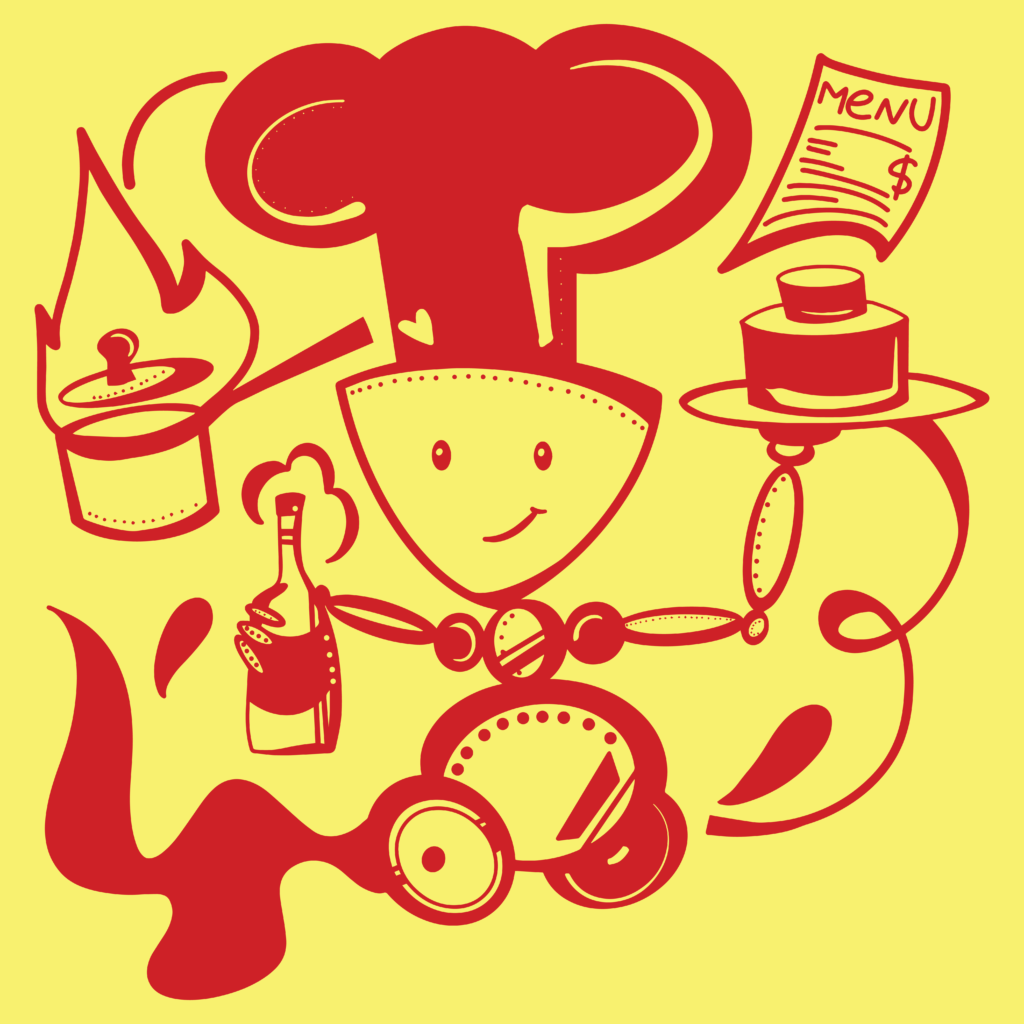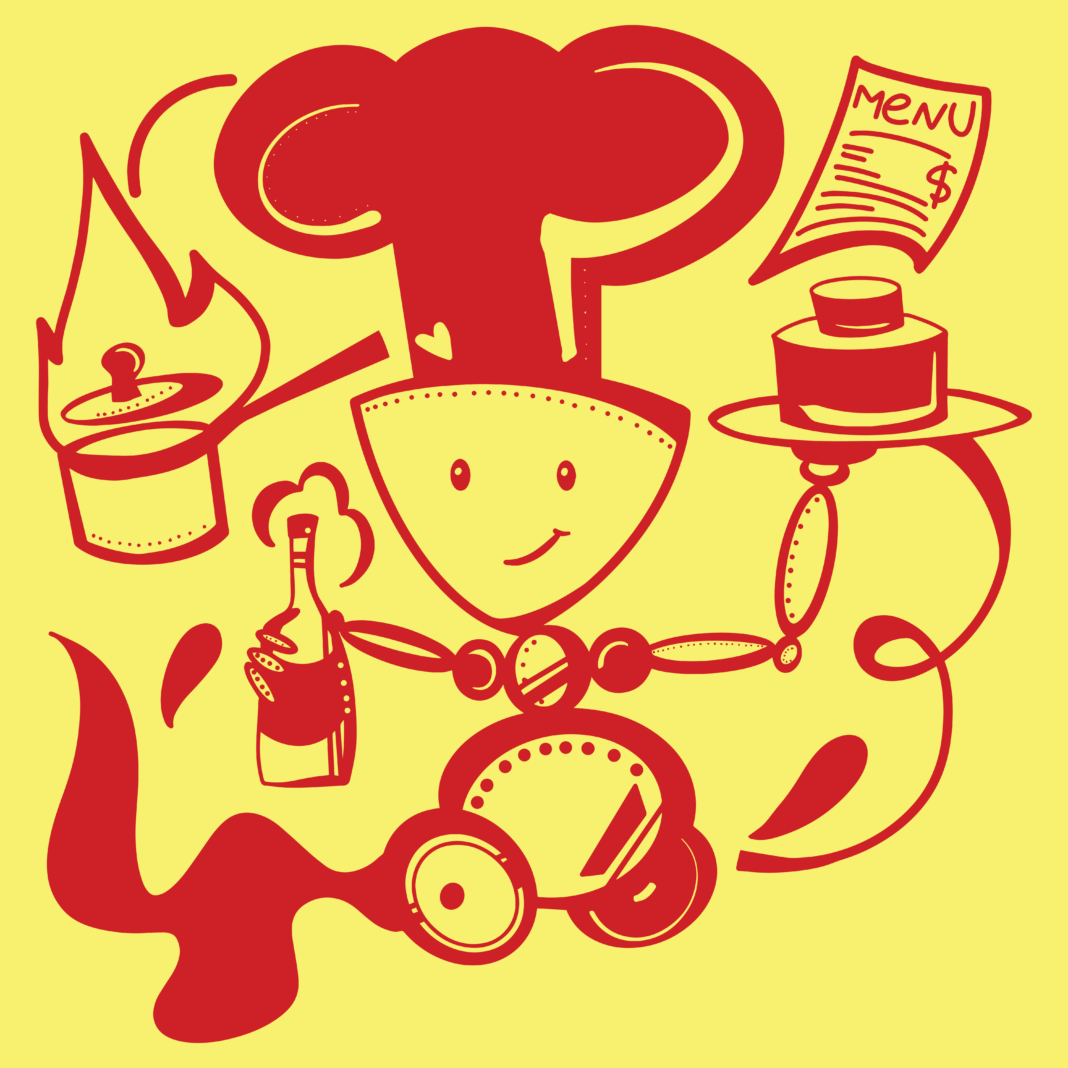
French toast and scrambled eggs sat on top of a robot as they made their way from the Denny’s kitchen to my table. I was utterly surprised to be sitting at the Denny’s on S. Dixie Highway when this occurrence took place on a Sunday morning. While this experience felt unusual, these situations may become the norm as artificial intelligence makes its way into the restaurant industry.
Companies have been implementing AI technology into restaurant settings for longer than many may realize. Take, for instance, the first time you went to a restaurant with a self-serve Coca-Cola Freestyle machine.
I remember being in awe of the touch screen that allowed me to click a button and have the drink come out of the same place each time, rather than a traditional fountain system. Unbeknownst to the consumer, the Freestyle machines use AI that provides Coca-Cola with valuable information to maximize their sales.
The machine can track how often a drink is purchased. Coca-Cola could then use that information to supply more or less of that drink in different restaurant locations.
However, AI technology is not only beneficial for companies. Customers can also benefit from the decrease in human error that AI offers.
Many have experienced the inconvenience that arises when a server misunderstands them and consequently inputs an incorrect order. AI technology in restaurants eliminates the chances for these types of errors, thus increasing customer satisfaction.
The Yard House in Merrick Park comes to mind when I think of a high-tech dining experience. Each table at this location has a tablet where guests place their drink and food orders.
While there’s still a chance of the kitchen staff messing up your order, the tablet eliminates the server’s error and also gives you the freedom to order whenever you want, without having to wait for the server to come to your table.
The tablets are also used to pay at the end of your dining experience. With the option to pay by menu item, the technology makes it easier for large groups of college students to pay for individual orders. However, restaurants should be mindful that it’s easier for customers to dine-and-dash, as the server doesn’t need to come back to collect the tab.
AI has even ventured out of the physical restaurant and onto platforms like DoorDash and Uber Eats. When getting your Pura Vida delivered to campus, customers can track their driver to see how far away their avocado toast is. Within the app, AI is analyzing map and traffic data to determine the fastest route for them to get your order to you as quickly as possible.
However, it’s not just Uber using AI for enhanced food delivery. For seven years, companies like Domino’s have successfully executed food delivery via drone.
In November 2016, the global pizza chain launched its first successful drone pizza delivery in Auckland, New Zealand in November 2016. Since then, the company has continued developing this technology. In July 2023, they began offering New Zealand customers in Huntly, also known as Raahui Pookeka, the option to get their hot pie delivered via drone.
As companies continue development and consumers familiarize themselves with the various models, the sky is the limit for dining and take-out experiences. Who knows, in a few years you might be getting your Rat order via drone.






